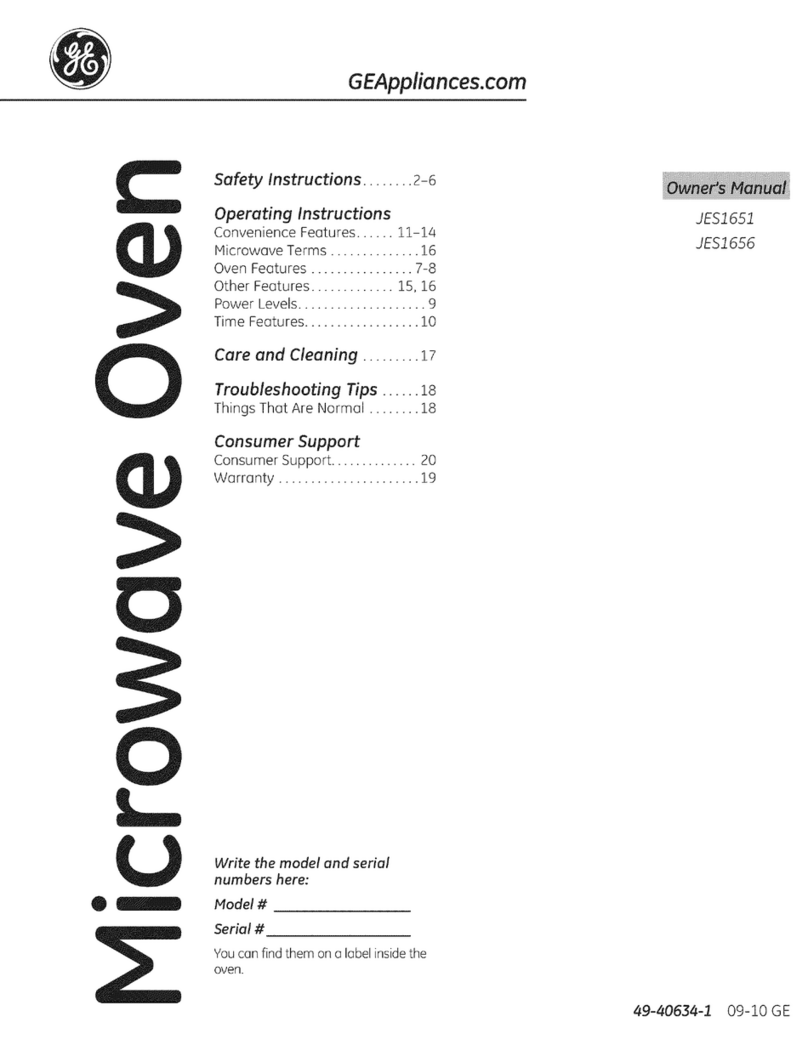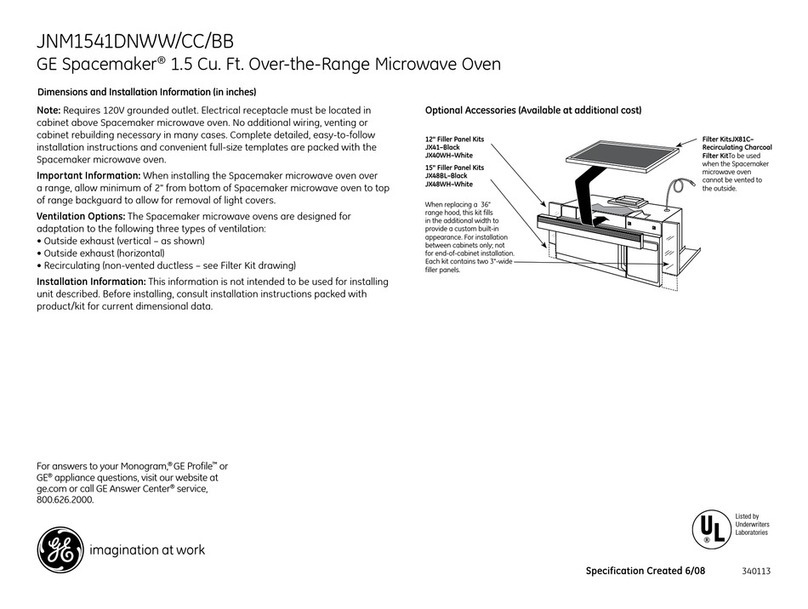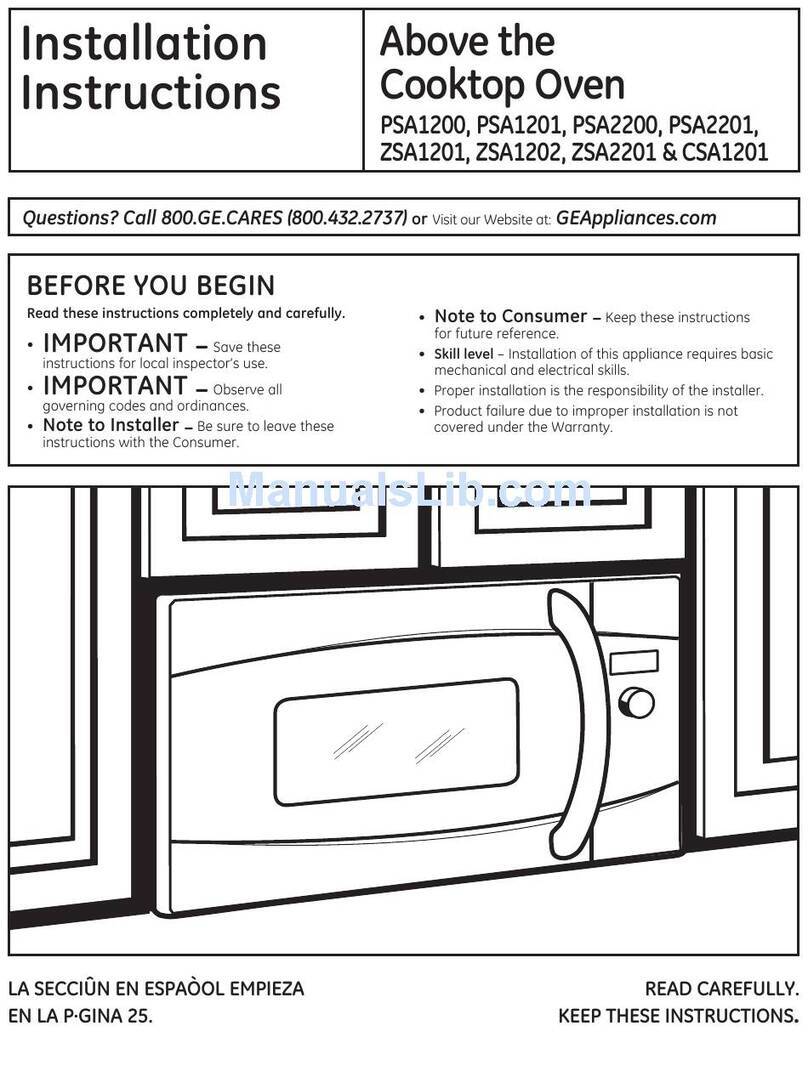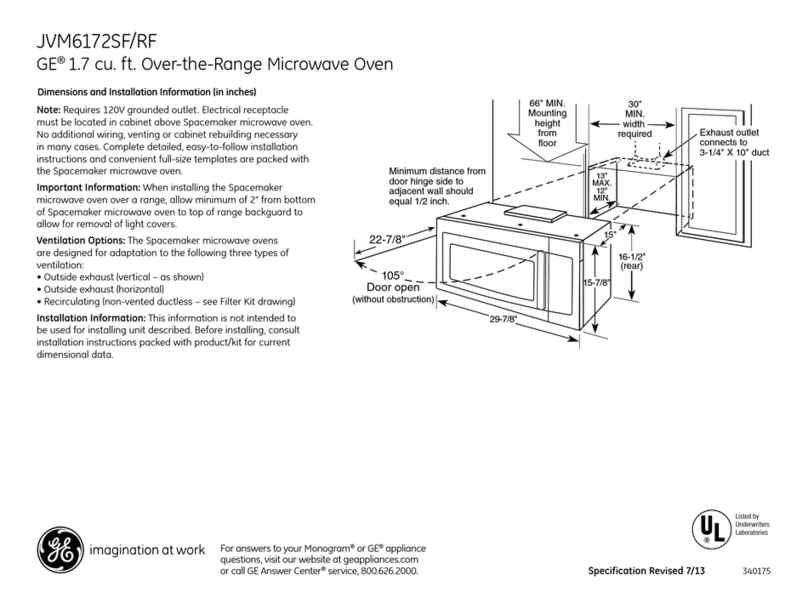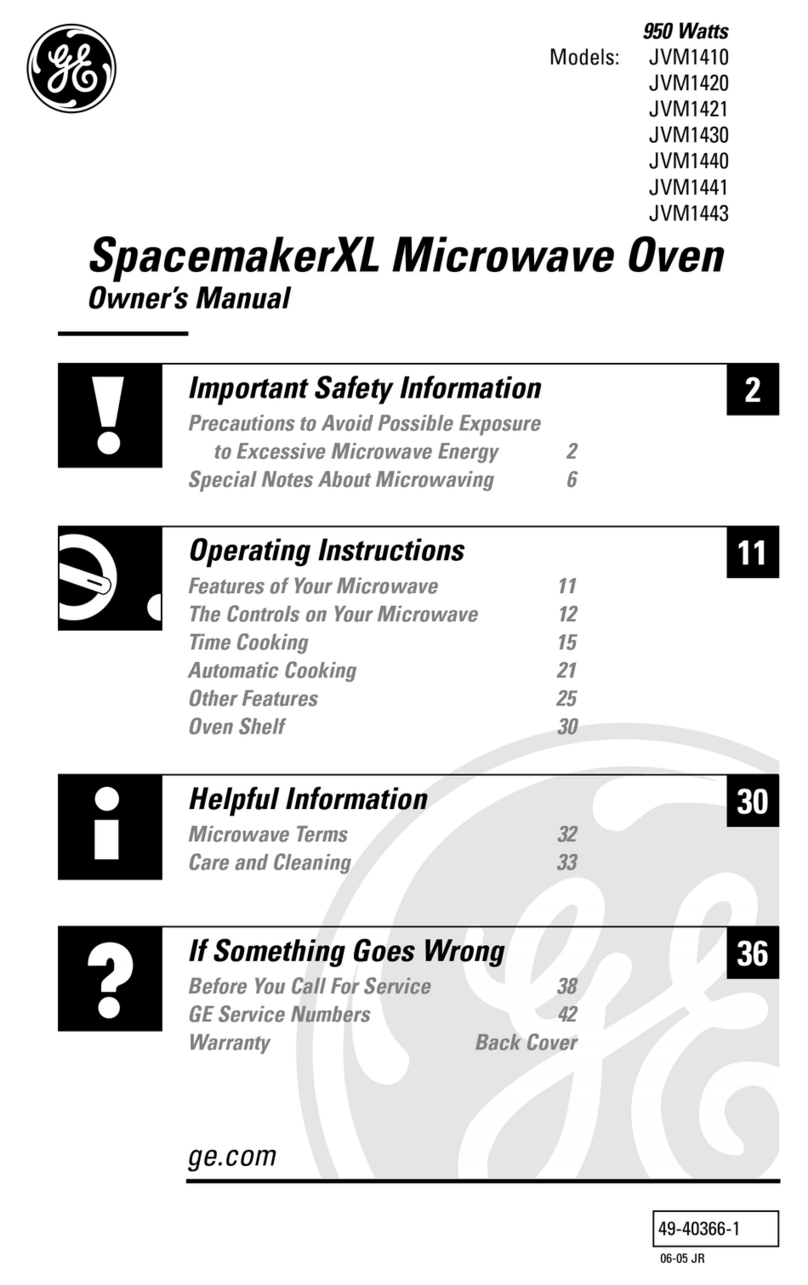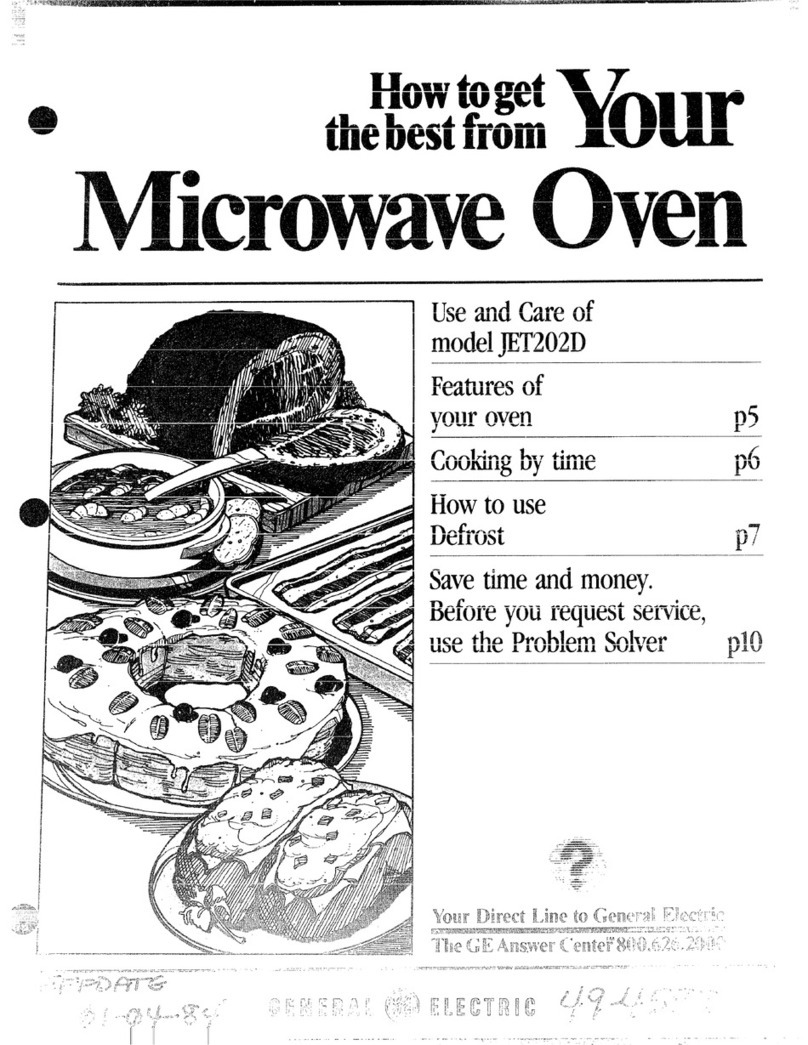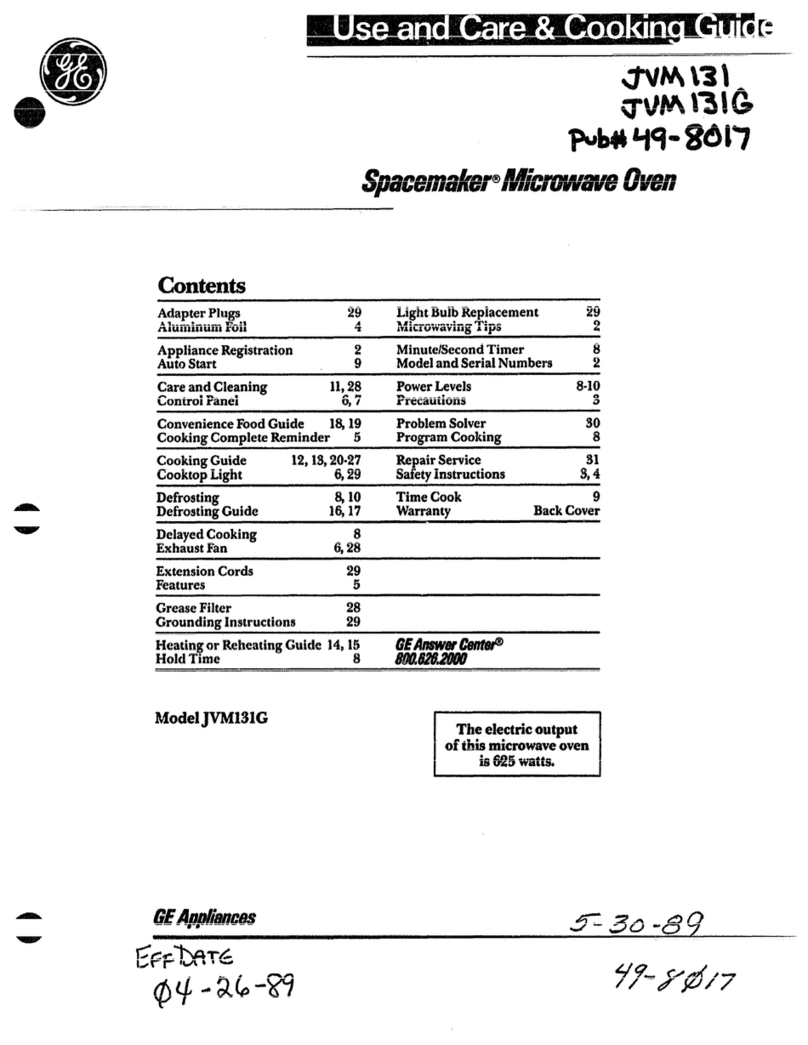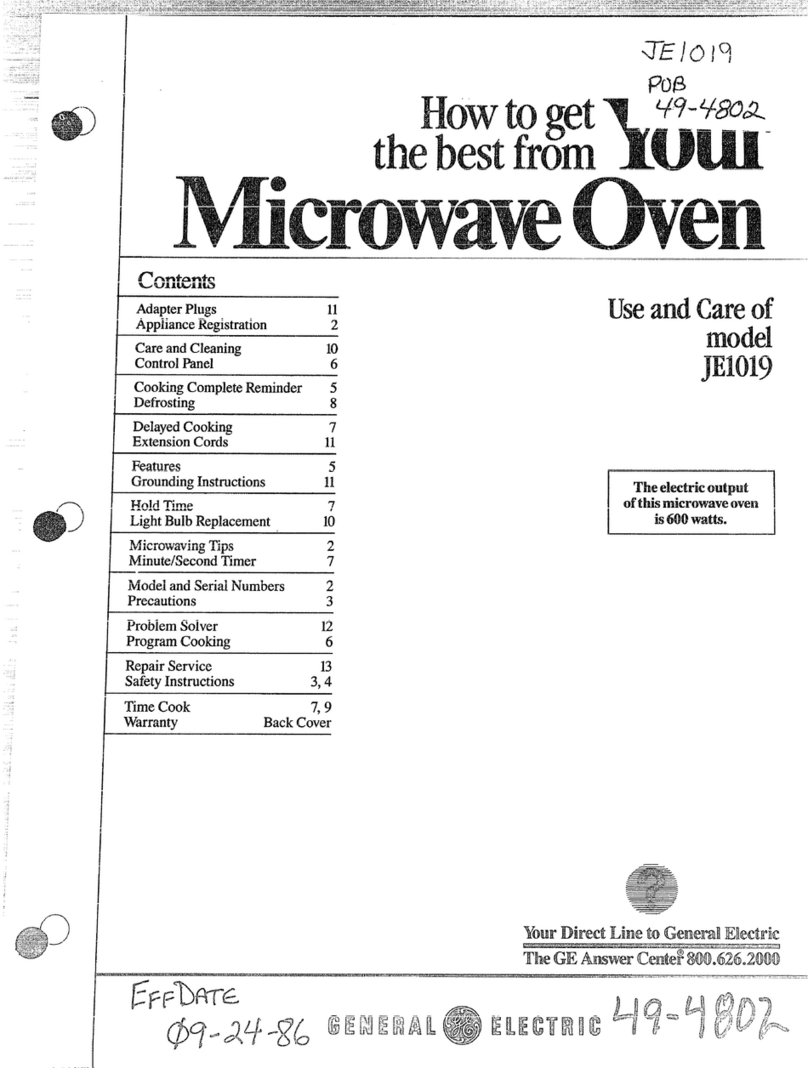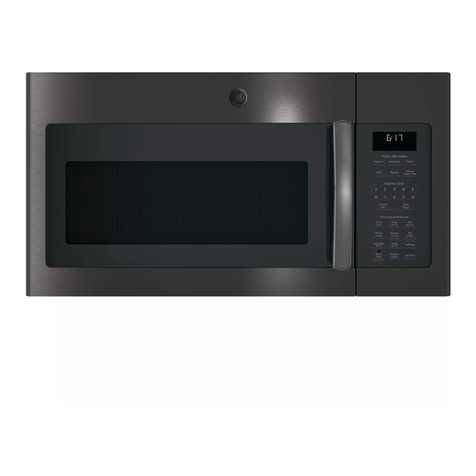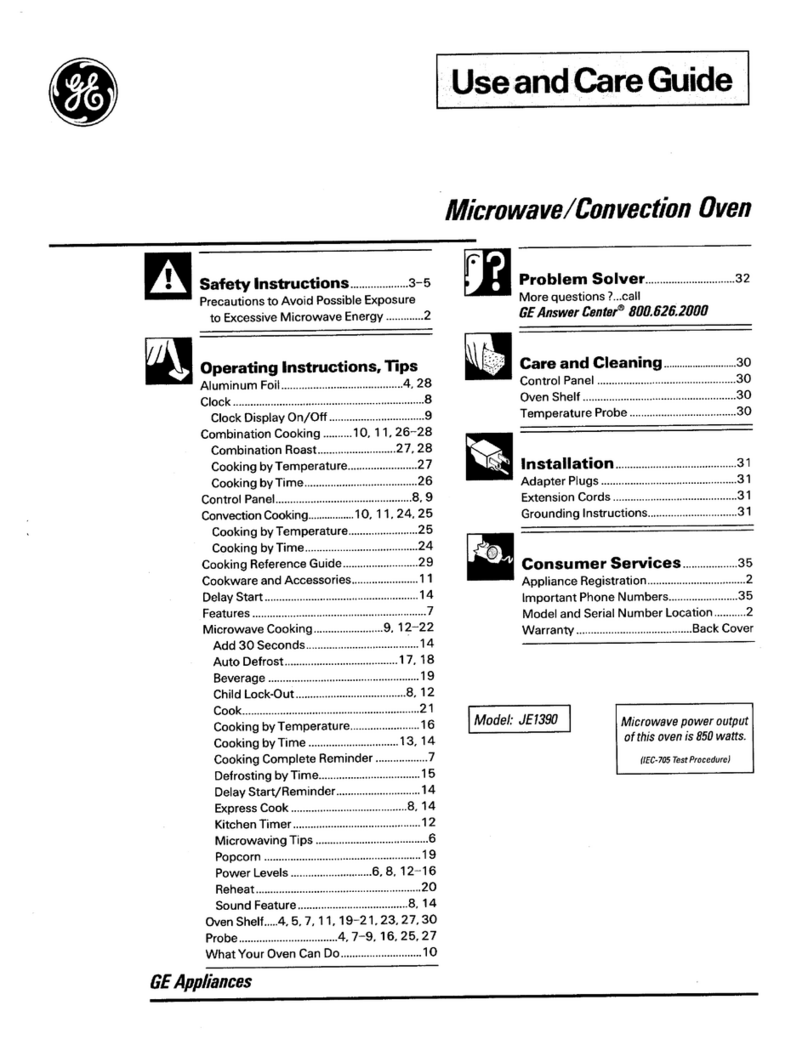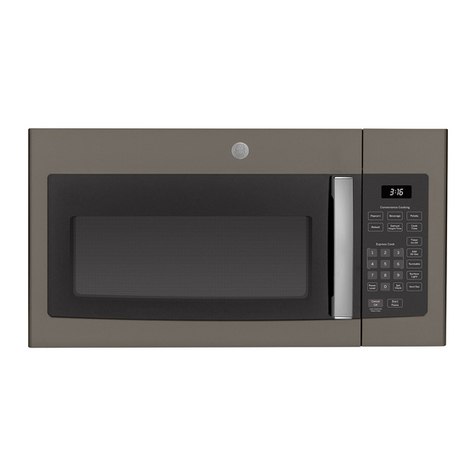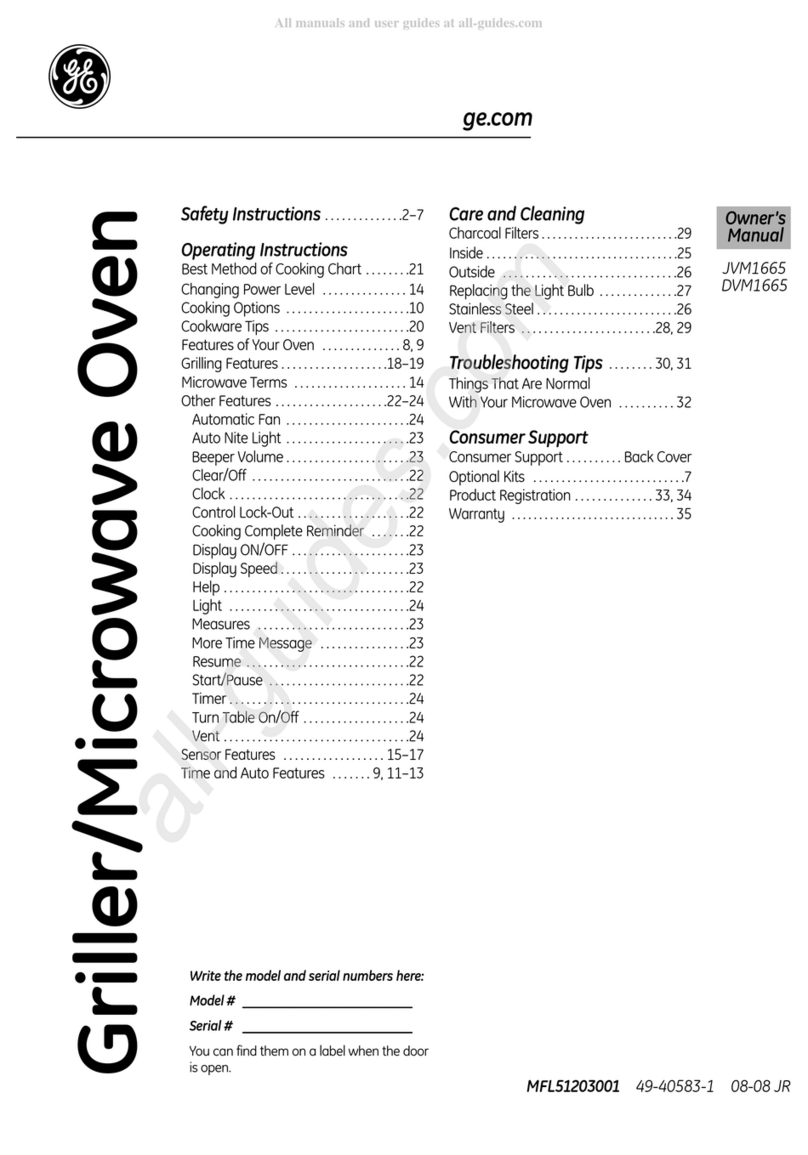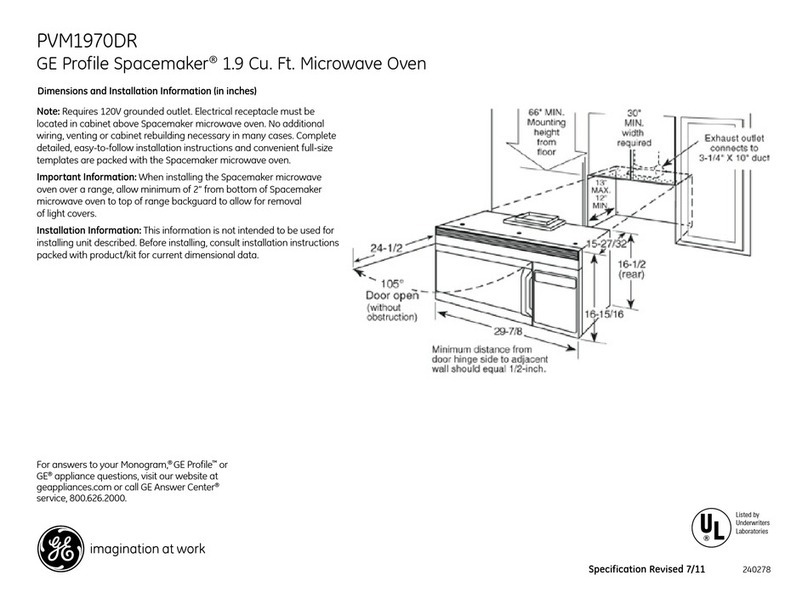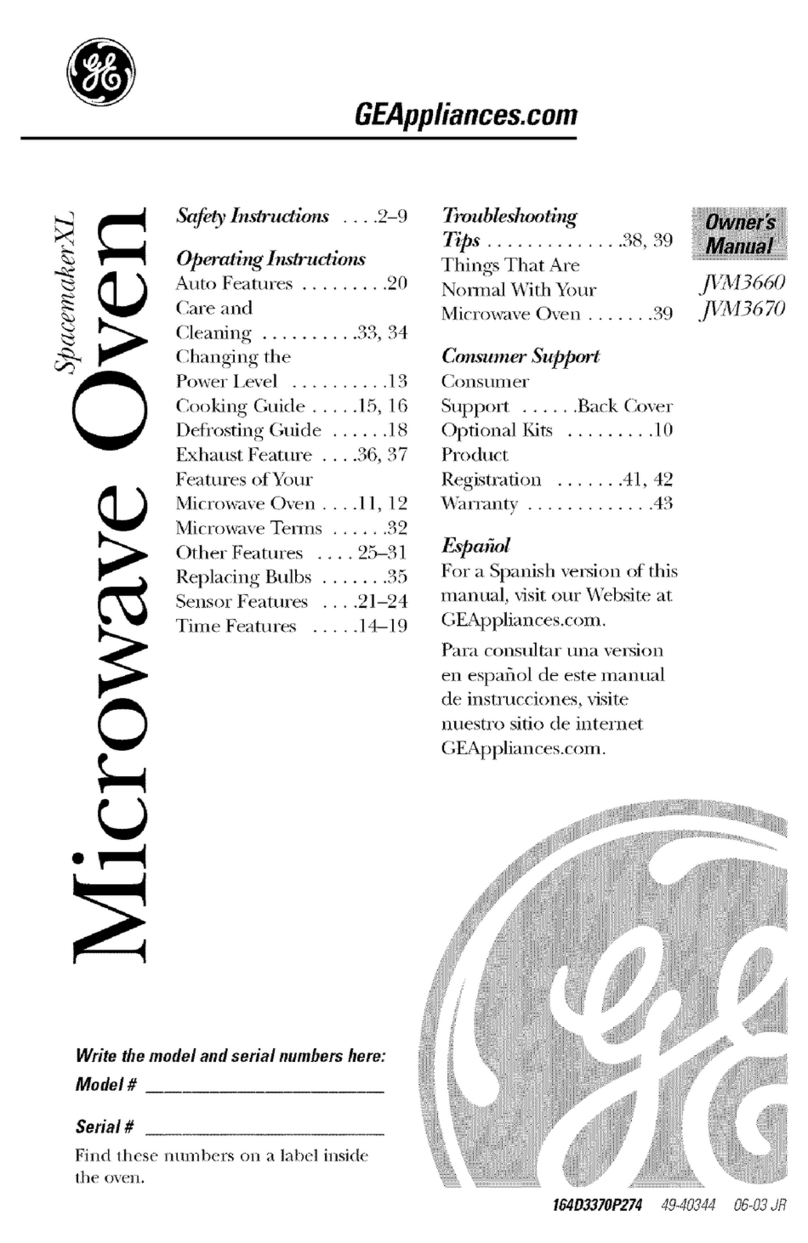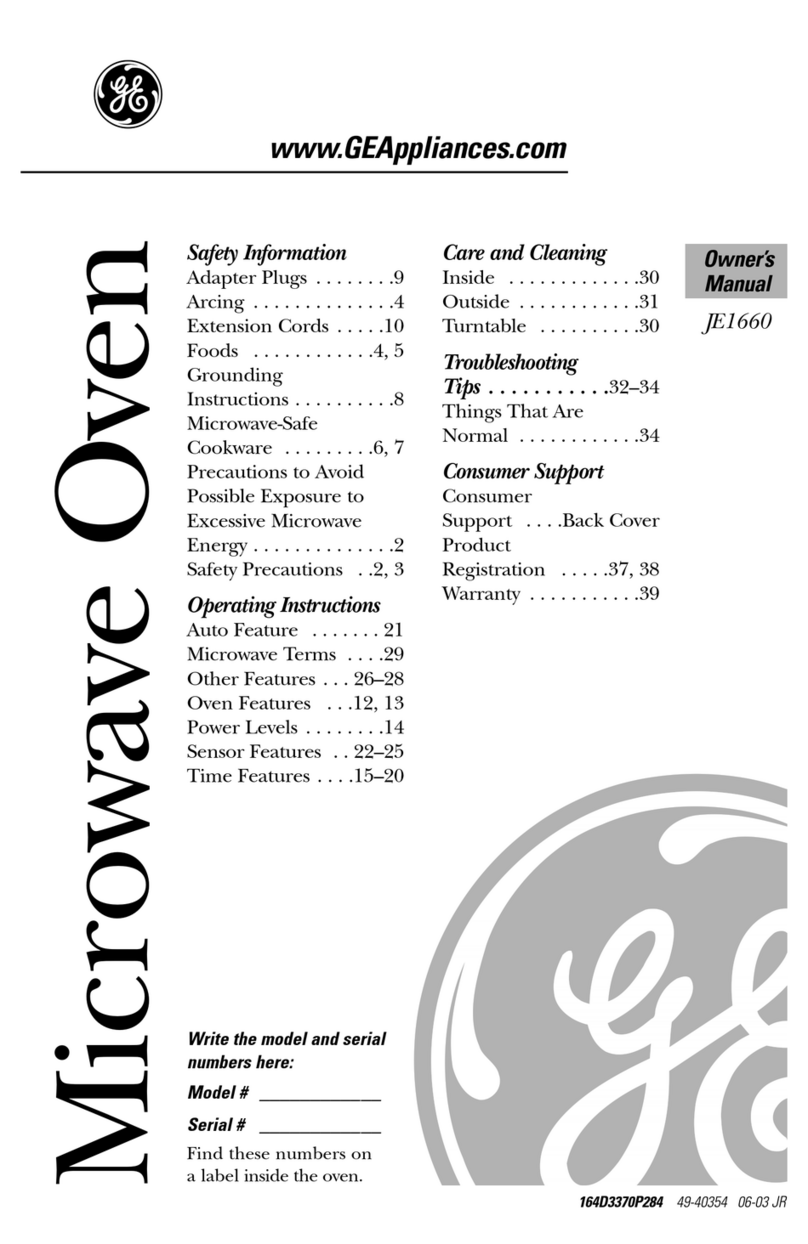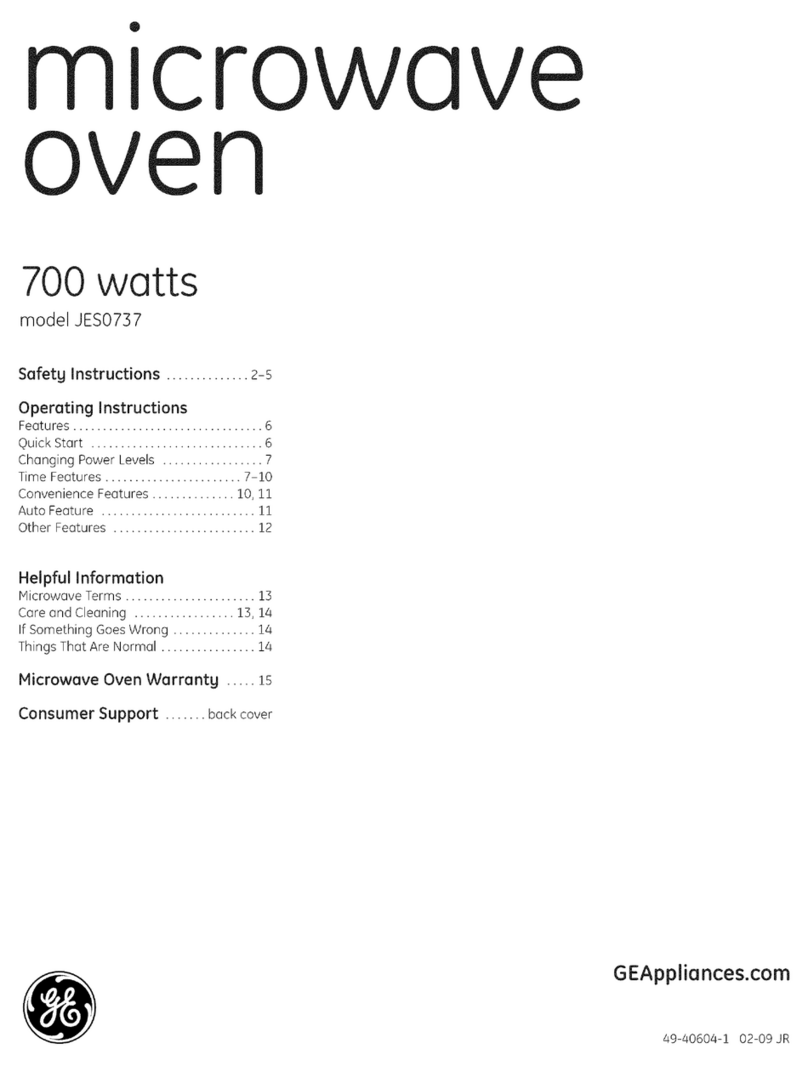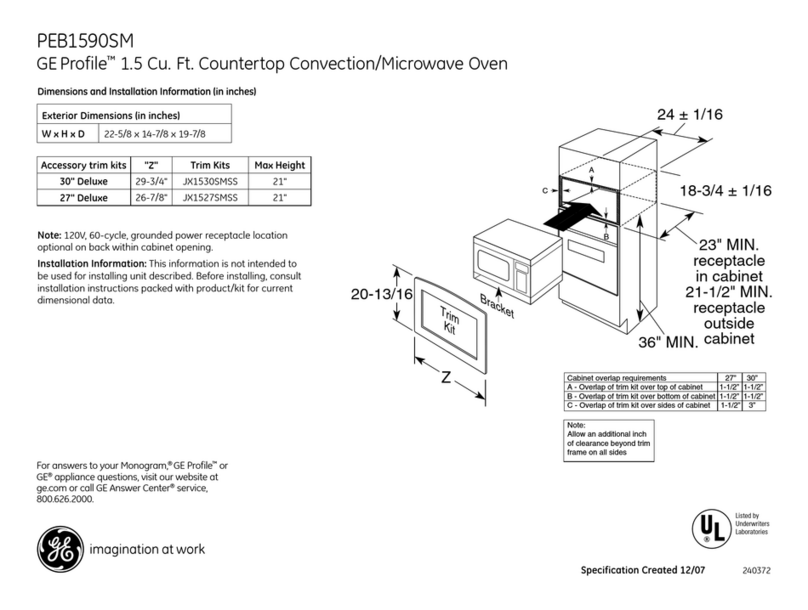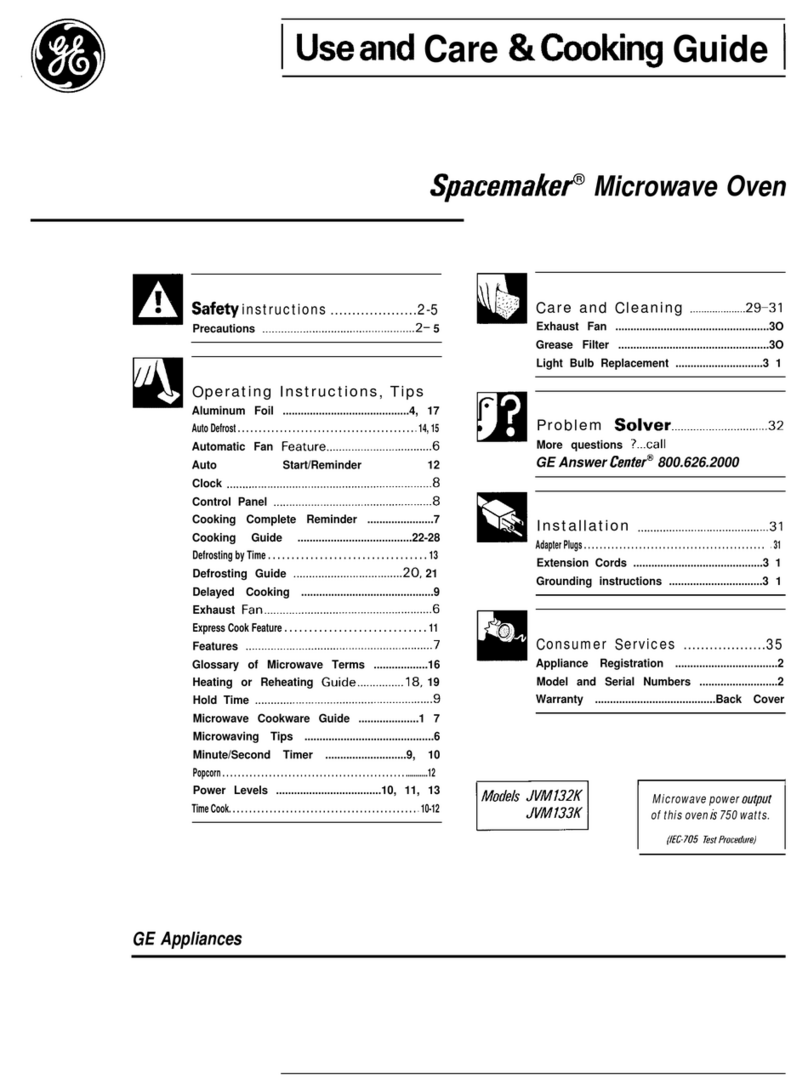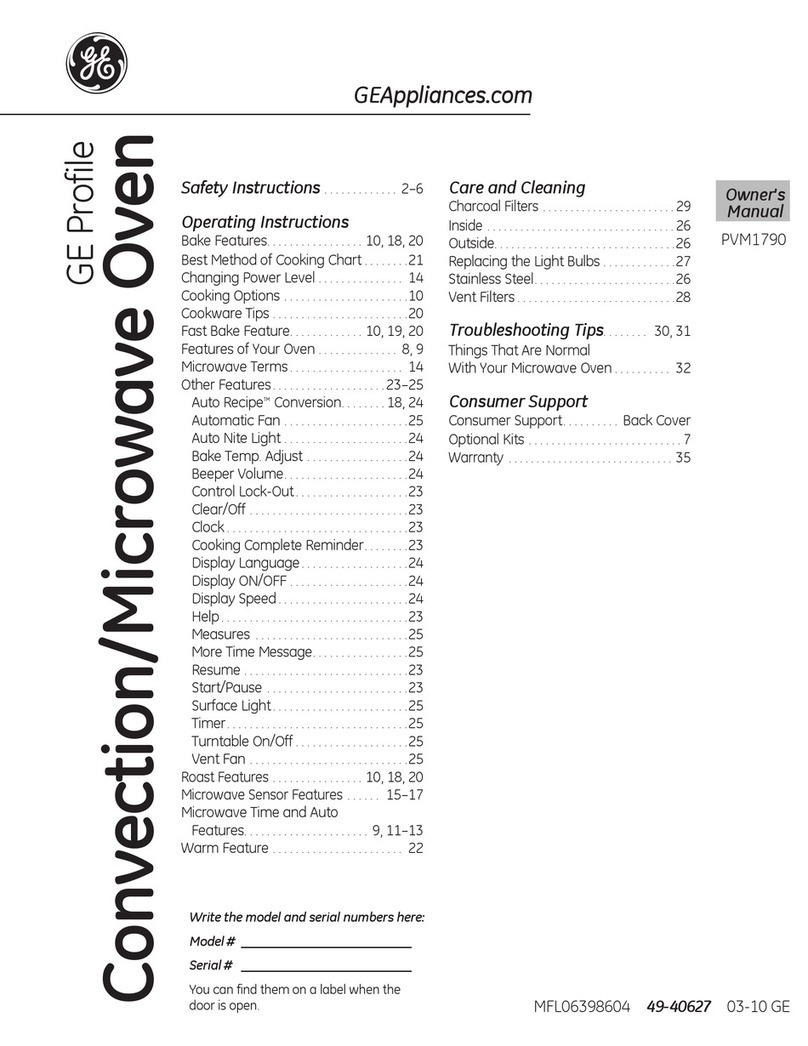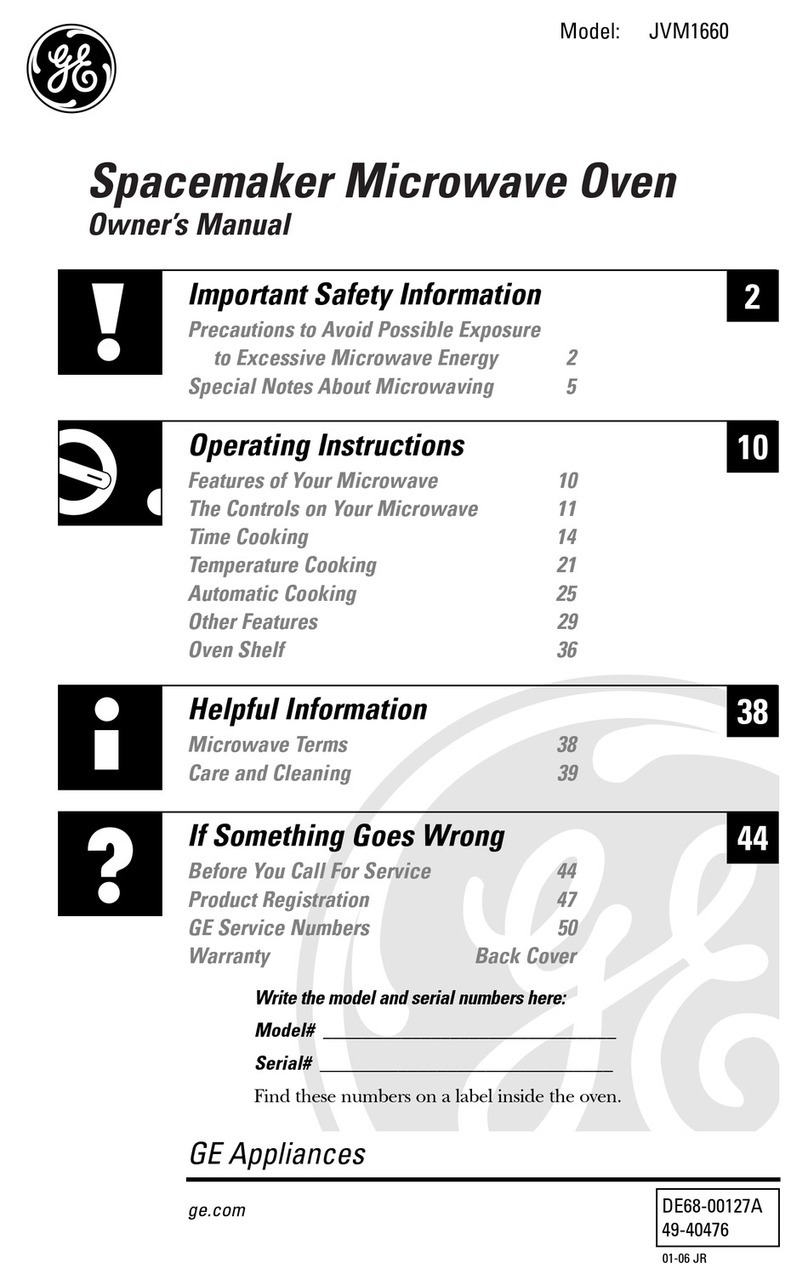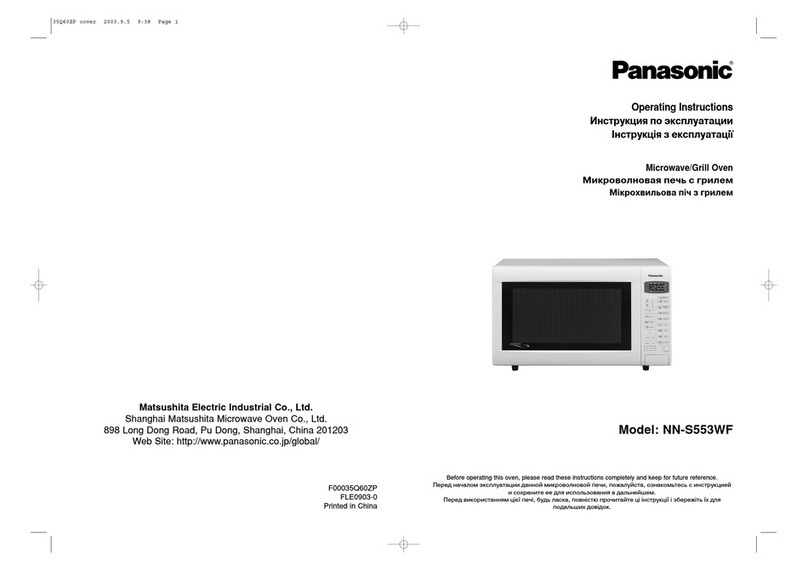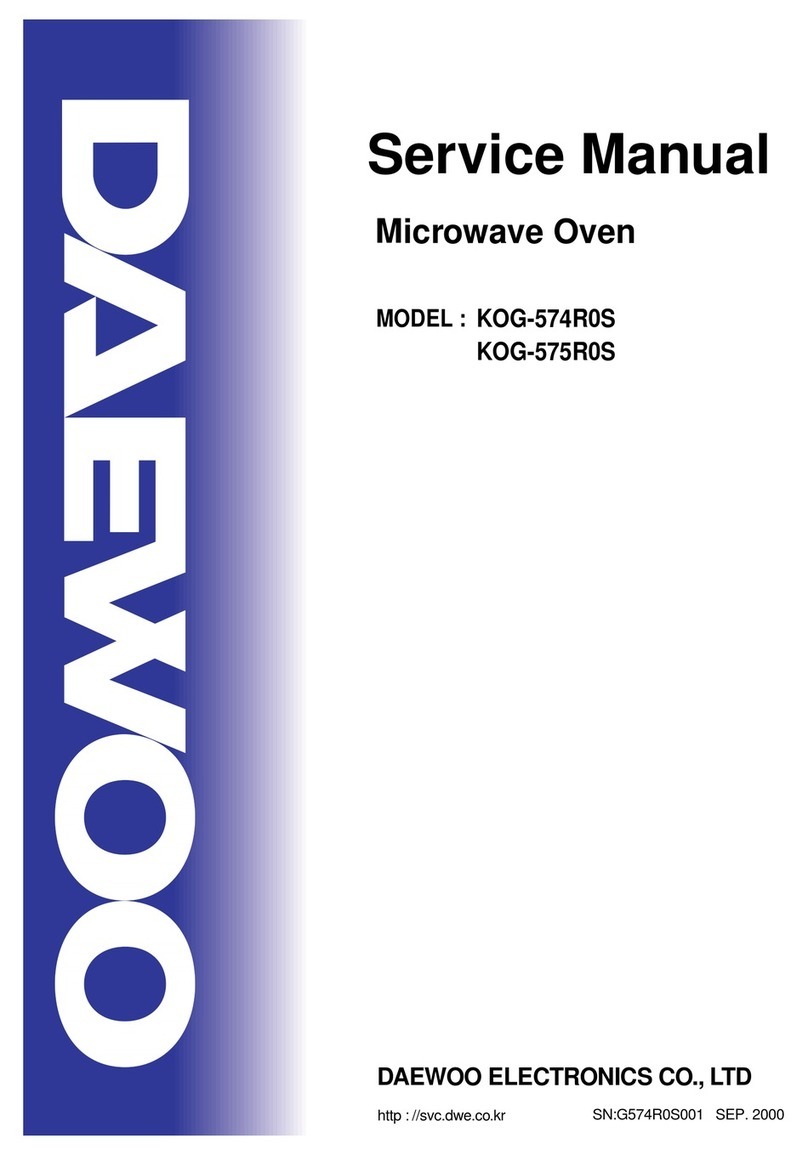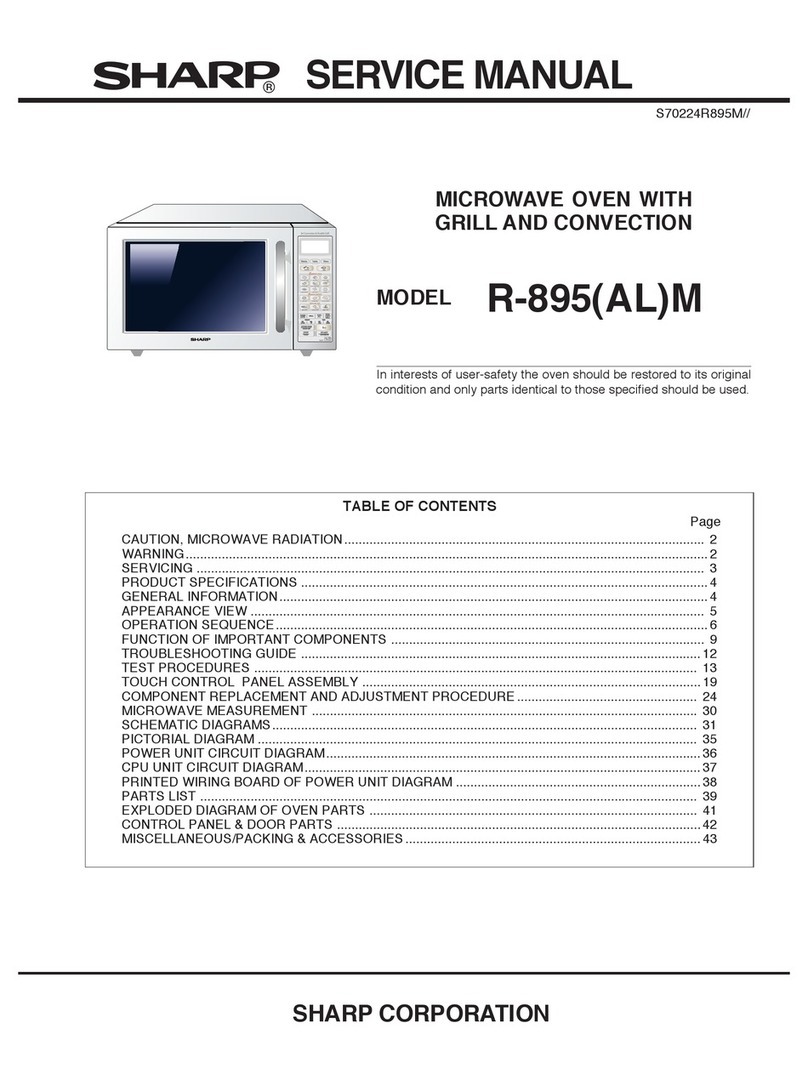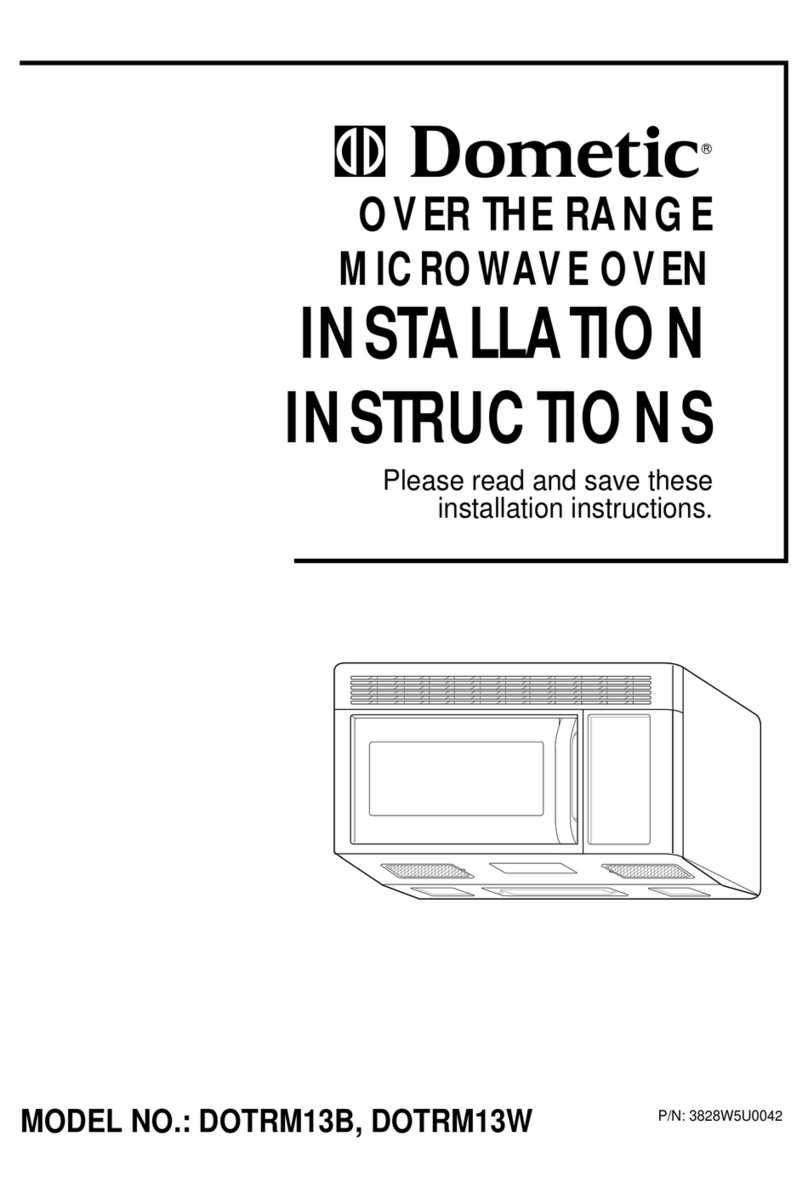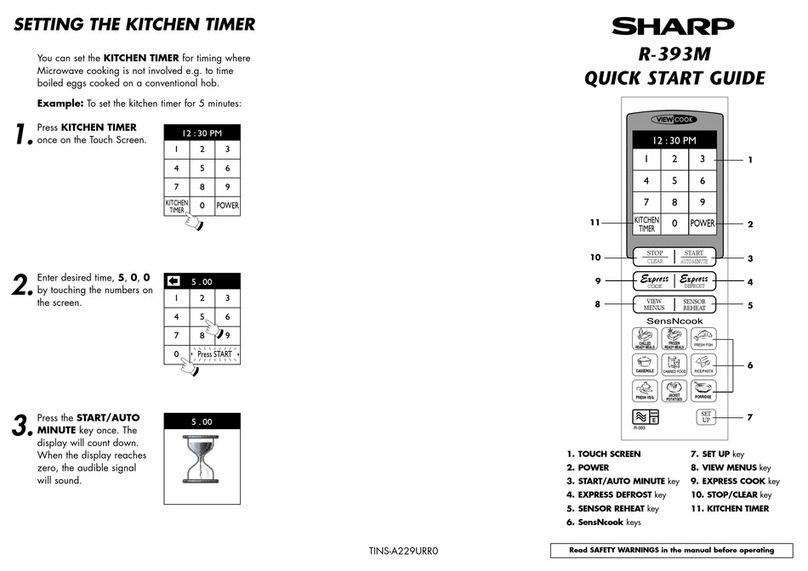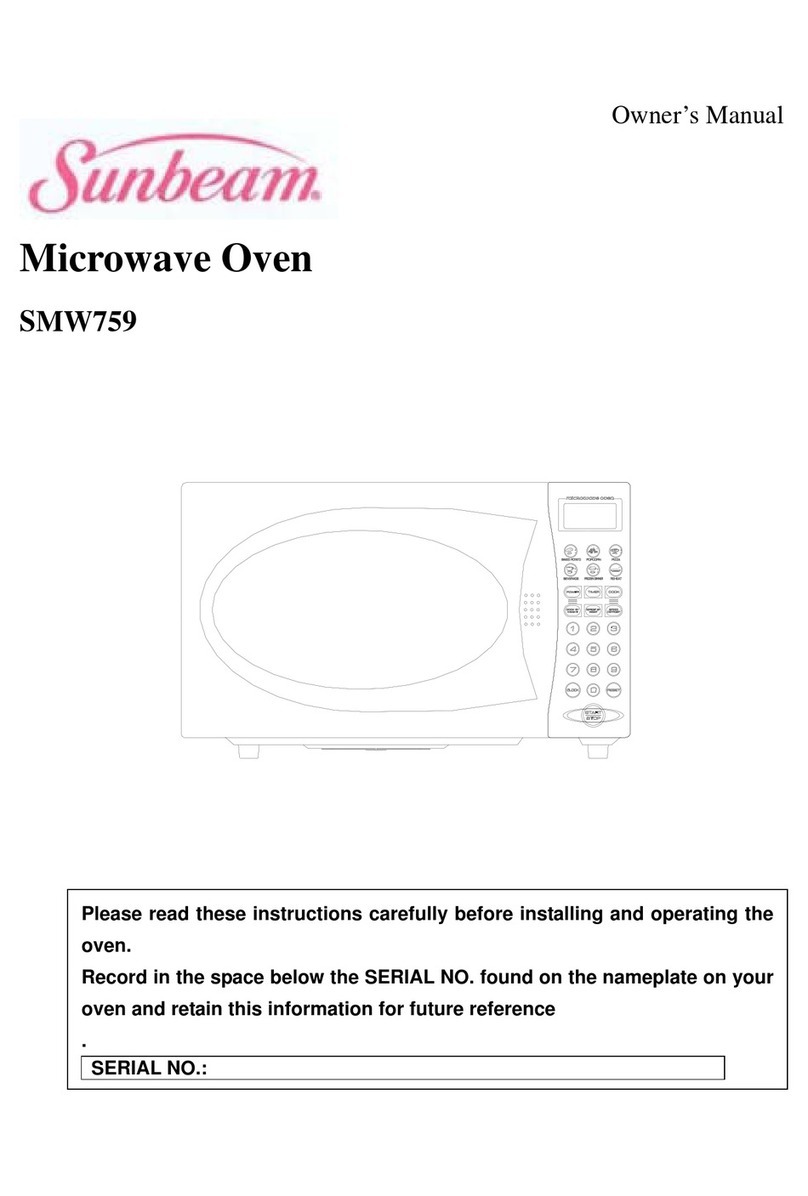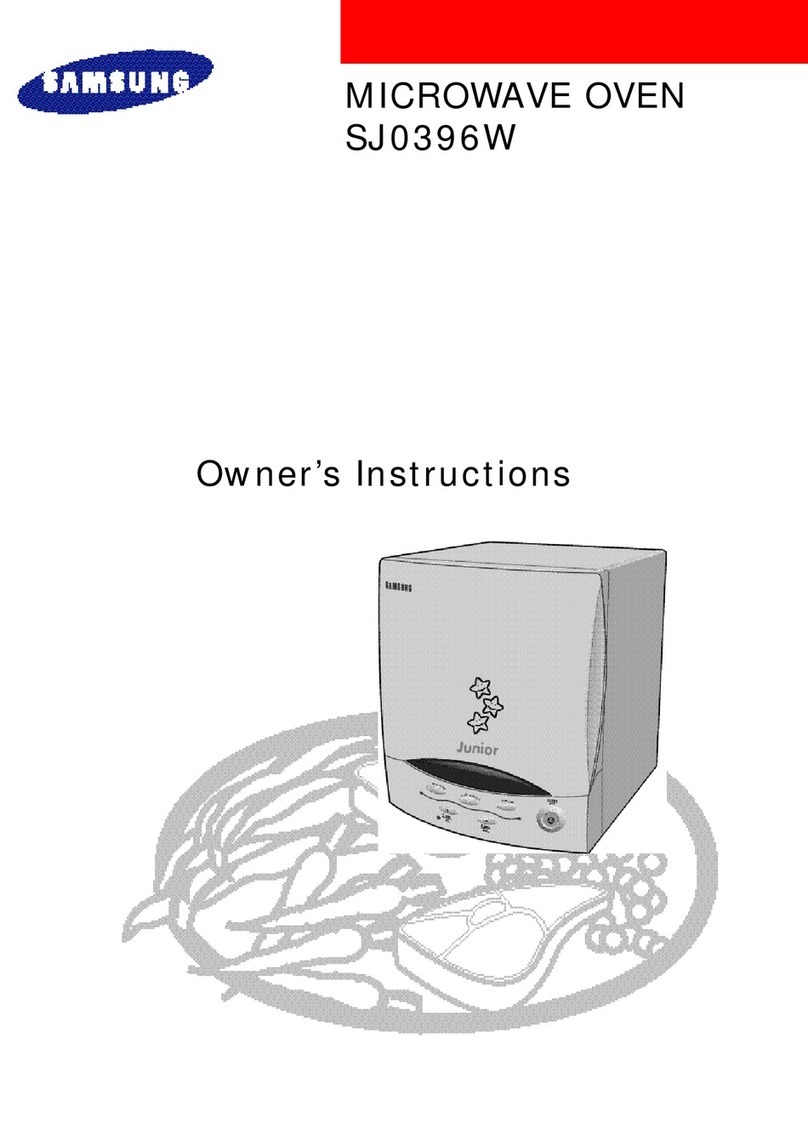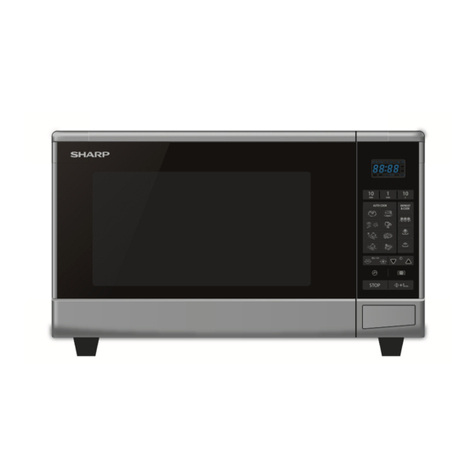
IMPORTANT SAFETY INSTRUCTIONS
(continued)
WA~lNG–Allcooking
centers can
@iii)
tip and injury could result. To
,9
prevent accidental tipping
of the range, from abnormal
usage, including excess loading of
@
the oven door, attach it to the
i.:
floor by installing the Anti-Tip
device supplied. (See the
Installation Instructions.) To
insure the device is properly
installed and engaged, remove the drawer panel
and inspect the rear leveling leg, Make sure it
fits securely into the slot.
If you pull the cooking center out from the wall for
any reason, make sure the rear legs are returned to
their position in the device when you push the
range back. Please refer to the Anti-Tip
device
information in this guide. Failure to take this
precaution could result in tipping of the cooking
center and injury,
●
This cooking center is specifically designed
to heat or cook food, and is not intended for
laboratory or industrial use.
●
After prolonged use of the lower oven, high
floor temperatures may result and many floor
coverings will not withstand this kind of use.
Never install the cooking center over vinyl tile
or linoleum that cannot withstand such type
of use. Never install it directly over interior
kitchen carpeting.
Using Your Cooking Center
“
Do not leave children alone—children should
not be left alone or unattended in area where
appliance is in use. They should never be
alIowed
to sit or stand on any part of the appliance.
c
Teach children not to
play
with the controls or
any other part of the cooking center.
●
Let burner grates and other surfaces cool
before touching them or leaving them where
children can reach them.
●
Do not allow anyone to climb, stand or hang on
the door, storage drawer or cooktop. They
could
damage the cooking center and even tip
it
over causing severe personal injury.
●
Do not let cooking grease or other flammable
materials accumulate in the cooking center or
near it.
●
CAUTION: ITEMS OF INTEREST TO
CHILDREN SHOULD NOT BE STORED IN
CABINETS ABOVE A COOKING CENTER OR
ON THE COOKTOP— CHILDREN CLIMBING
ON THE COOKING CENTER TO REACH
ITEMS COULD BE SERIOUSLY INJURED.
●
Never wear loose-fitting or hanging garments
while using the appliance. Flammable material
could be ignited if brought in contact with hot
heating elements and may cause severe burns.
*
Use only dry pot holders—moist or
damp pot holders on hot surfaces may
result in bums from
staam.
Do not let
pot holders touch hot heating elements. Do not
use a towel or other bulky cloth.
* Never use your appliance for warming or
heating the room.
●
Do not leave paper products, cooking utensils,
or food in the oven when not in use.
●
DO NOT STORE OR USE COMBUSTIBLE
MATERIALS, GASOLINE OR OTHER
FLAMMABLE VAPORS AND LIQUIDS IN
THE VICINITY OF THIS OR ANY OTHER
APPLIANCE.
e
A
‘~
●
Do not use water on grease fires.
Never pick up a flaming pan.
Smother flaming pan
cm
surface unit
by covering pan completely with well-fitting lid,
cookie sheet or flat tray, or if available, use dry
chemical or foam-type extinguisher.
Flaming grease outside a pan can be put out
by
covering with baking soda or, if available, a multi-
purpose dry chemical or foam-type fire
extinguisher.
Flame in
the
oven can be smothered completely
by closing the oven door and turning the oven
control to OFF or use a dry chemical or foam-type
fire extinguisher.
4
